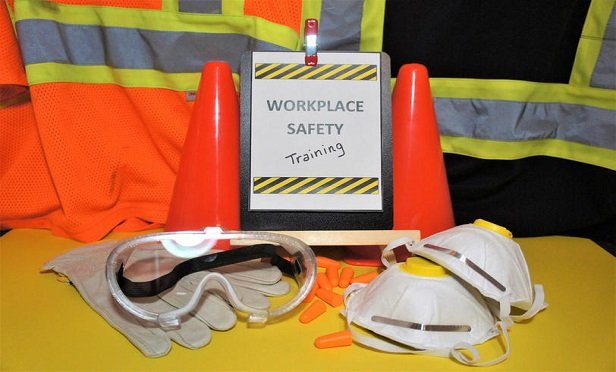 In 2017, according to a report from the National Safety Council, the cost per worker was $1,100, which includes the value of goods or services each worker must produce to offset the cost of work injuries. (Credit: Joanne Penner/Shutterstock)
In 2017, according to a report from the National Safety Council, the cost per worker was $1,100, which includes the value of goods or services each worker must produce to offset the cost of work injuries. (Credit: Joanne Penner/Shutterstock)
Regardless of industry, there is always a risk of a worker injury happening on the job. The number of workplace injuries is declining thanks to new technology and a greater emphasis on safety control programs, but they still occur — and they cost businesses in numerous direct and indirect ways.
Recommended For You
Want to continue reading?
Become a Free PropertyCasualty360 Digital Reader
Your access to unlimited PropertyCasualty360 content isn’t changing.
Once you are an ALM digital member, you’ll receive:
- Breaking insurance news and analysis, on-site and via our newsletters and custom alerts
- Weekly Insurance Speak podcast featuring exclusive interviews with industry leaders
- Educational webcasts, white papers, and ebooks from industry thought leaders
- Critical converage of the employee benefits and financial advisory markets on our other ALM sites, BenefitsPRO and ThinkAdvisor
Already have an account? Sign In Now
© Touchpoint Markets, All Rights Reserved. Request academic re-use from www.copyright.com. All other uses, submit a request to [email protected]. For more inforrmation visit Asset & Logo Licensing.








